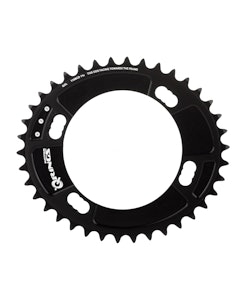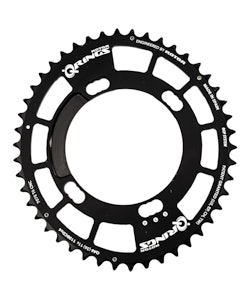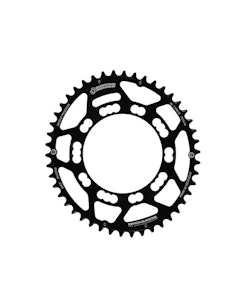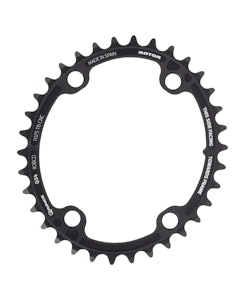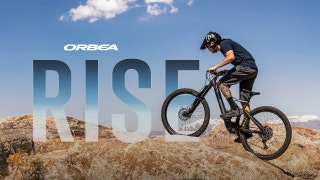Featured Brands
Recommended Products
HOLIDAY20
Get free shipping, on most items, with your $50 purchase today! Same day shipping on most orders if placed by 3pm PST.
PLEASE NOTE:
This offer is only available to physical shipping addresses in the 48 continental United States (no PO Boxes), and some exclusions apply.
Oversize Charges
Some large and/or heavy items are subject to additional oversize charges that are separate from standard shipping costs.
Bike Build Process
All bikes are built, tested, tuned, and ready to ride upon shipment. The bike build process typically takes 2-3 days to complete depending on the bike model and the complexity of the build.
Stock Status
Orders for in-stock items placed by 3PM PST usually ship on the same day. Orders that include special-order or backordered items may be subject to shipping delays depending on product availability. Refer to estimated delivery times in cart when selecting shipping options.

Our Gear Advisors are Ready to Help.
FREE SHIPPING over $50*
$186.94 15% off $220.00 msrp
Rotor Qxl 4 Bolt Road Chainring 110Bcd Rotor Q-Rings vary drivetrain resistance during a pedal rotation to align with your leg's natural strength spots and weak spots to boost your overall efficiency. In doing so, Q rings wisely utilize the strongest muscle groups to increase positive work, while picking up the slack in the weaker zones to reduce the negative work, potentially increasing a competitive cyclist's performance by as much as 4 seconds per km ...
$135.00
Rotor Outer Aero Q Chainring 110X4 BCDRotor Q-Rings vary drivetrain resistance during a pedal rotation to align with your leg's natural strength spots and weak spots to boost your overall efficiency. In doing so, Q rings wisely utilize the strongest muscle groups to increase positive work, while picking up the slack in the weaker zones to reduce the negative work, potentially increasing a competitive cyclist's performance by as much as 4 seconds per km in ...
$173.94 15% off $205.00 msrp
Rotor Q-Ring 110 BCD Chainring Whether it be a pro rider on TV or a fellow local cyclist, you may have seen these ovalized chainrings at one time or another. You then probably immediately asked yourself, "What do they do?" Let us explain. Rotor Q-Rings vary drivetrain resistance during a pedal rotation to align with your leg's natural strength spots and weak spots to boost your overall efficiency. In doing so, Q rings wisely utilize ...
$68.00
Rotor Inner Q Chainring 110X4 BCDRotor Q-Rings vary drivetrain resistance during a pedal rotation to align with your leg's natural strength spots and weak spots to boost your overall efficiency. In doing so, Q rings wisely utilize the strongest muscle groups to increase positive work, while picking up the slack in the weaker zones to reduce the negative work, potentially increasing a competitive cyclist's performance by as much as 4 seconds per km in an ...
SHOP THE GIFT GUIDE
SHOP BRAND SALES
SHOP NOW
SHOP NOW
SHOP NOW
SHOP NOW

